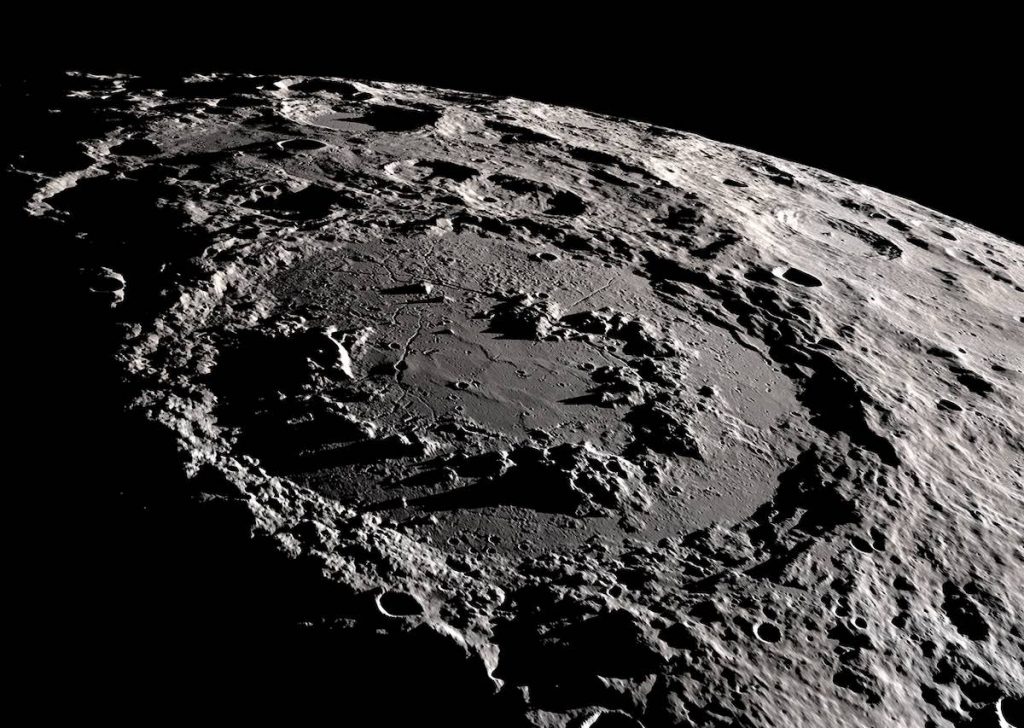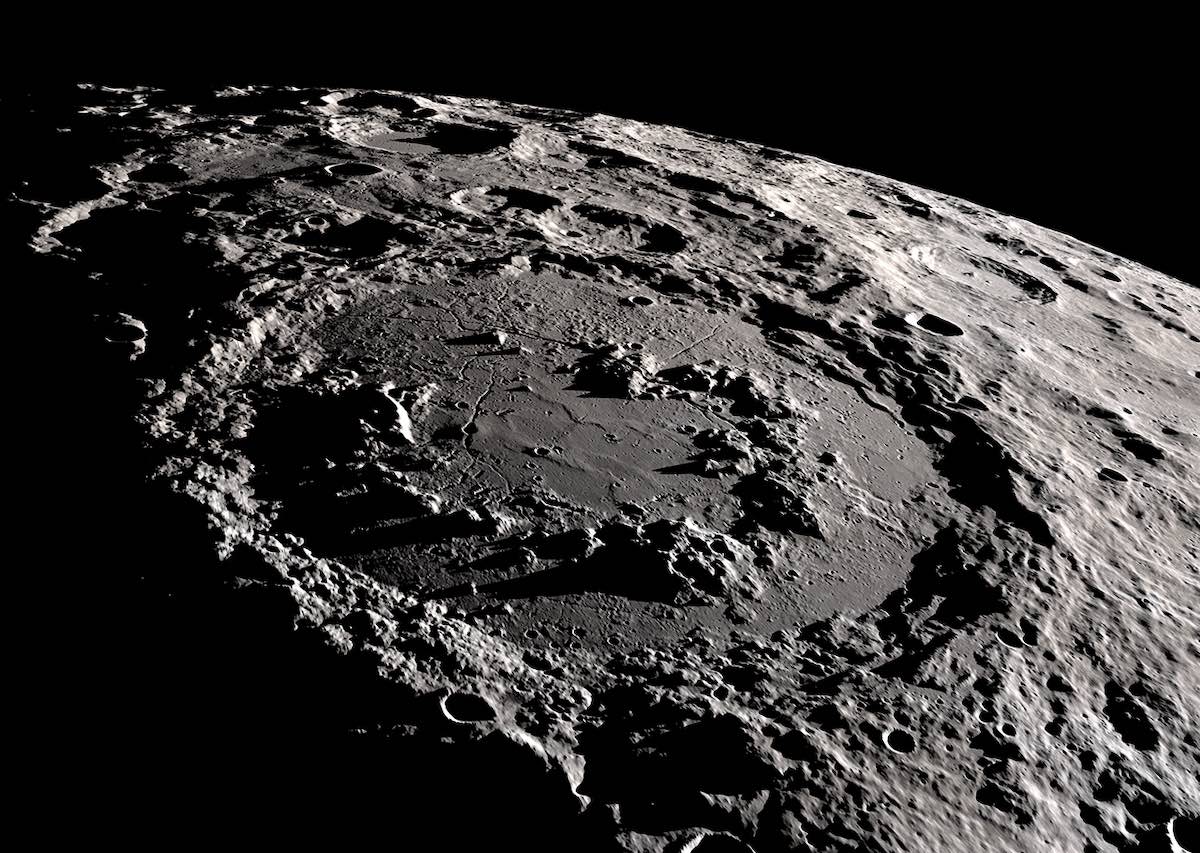13 Mysteries of the Moon Solved and Confirmed! The DiPietro Hypothesis

This image in not an impact crater, it is a massive “mud” crater, that formed from the Moon cooling down.
By Tanner2
Authors DT Smith, SB DiPietro
1 What is the Moon’s origin and how did it form?
The Moon formed from the Umbilical of Earth that “dripped” off the equator bulge of our Sun, when the Sun was removing its “crust”, Swedenborg 1734 “crust of the Sun”, after being a cold star for billions of years. The Earth and Moon formed at the same time. The Moon’s makeup is from the Lithosphere of Earth. Physics, yes physics will prove the Moon is made up of the Earth’s lithosphere. Earth dripped off as a molten “drip” and the Moon formed from the molten Umbilical attached to Earth from the Sun. This Umbilical left a Bellybutton scar on the Moon and it is the South Pole Aitken Basin. The molten Umbilical transformed into the Moon, see video https://youtu.be/CuvNCKxAMqE. The Moon received the lighter lithosphere as molten plasma that formed into a sphere from the Umbilical. The Earth and Moon went through different cooling and gravitational processes.
2 The Moon is NOT from a collision!
What happened to this hit and run “Theia”, she left leaving no core or evidence of any kind! She just disappeared! Scientist call this The Giant Impact Theory and is completely wrong?
Other words a rogue planet named “Theia” came crashing through our system and smashed into Earth and formed the Moon from the debris. What happened to the Core of Theia? Is it really sitting deep in the Earth? Why isn’t there remnants of Theia on the Moon or on Earth? Wouldn’t there be a ring around this planet? Why would the Moon be so uniform in composition if it was from a collision?
THE MOON IS SIMPLY NOT FROM A COLLISION! It does not make sense!
3 How did the Moon’s orbit happen around Earth?
The Moon formed at the same time as Earth from the Umbilical of Earth. This close proximately with the Earth caused the Moon to be controlled by the Earth’s gravity and eventually became “tidally locked” to Earth. Meaning only one side of the Moon faces the Earth. The Earth has tremendous gravity pull on the Moon. When the Moon was in its early stage of cooling down the gravity from Earth to the Moon caused and affected the surface of the Moon, more about that later. That takes me to the surface of the Moon.
4 What is the Moon’s surface? What are the Highlands on the Moon?
The Moon’s surface is from the lithosphere of Earth. The Moon’s surface is from a molten plasma sphere that started to cool down 4.5 billion years ago, after if formed from the Umbilical. The majority of the craters on the Moon are “mud” craters and the nearside large “seas” are a bonded mix of minerals that were brought to the surface and “puddled” in the low areas of the Moon. Scientist call these Mare and Maria for plural seas. The Highlands on the Moon are where the “mud” craters came to the surface and created a higher elevation around the different areas of the Moon, especially around the “seas” on the nearside. The Earth’s gravity helped “pull” the components of the “seas” to where these “seas” surfaced and “puddled” in low lying areas on the Moon. The heat from the interior “pushed” these components to the surface as the Earth’s gravity “pulled”. These “seas” are what tricked scientist to think the “seas” are magma oceans and triggered scientist to come up with The Lunar Ocean Magma Model which is wrong.
The farside is consistent regolith “mud” craters brought to the surface from steam and pulled up from the gravity of the Sun.
5 Why is the Farside of the Moon so different from the Nearside and why is the crust thicker on the Farside?
There are few reasons. On the nearside the gravity from the Earth pulled lighter minerals to the surface like bonded anorthosite, magnesium and titanium which “puddled” in the low-lying areas of the Moon. This was caused in most part by the gravity of Earth. This so called “lava” flow tricked scientist to think the Moon has been creating magma. The Moon did not create any magma. The magma or lava on the Moon is from the “crust of the Sun”.
The farside has thousands of regolith “mud” craters that were caused from the internal heat of the Moon when it was molten and the gravity of the Sun pulling the steam to the surface, causing the farside to have a thicker crust from the boiling up of these “mud” craters. There are very few impact craters on the farside of the Moon. There is no obvious “splatter mark” scars which do not disappear easily.
6 Is the South Pole Aitken Basin really an Impact Crater?
NO! It is the Bellybutton from the Umbilical scar left on the Moon when the Earth pulled away from the Moon. The Moon will have two Bellybuttons and the other one is Mare Imbrium. This so called largest “impact crater” in our Solar System on the Moon, is not an impact crater! This also tricked many scientists!
7 Was water on the Moon?
The Moon’s water was mixed with the plasma in a slurry of light stardust minerals, star waste and water ice. Water was on the Moon, but evaporated through the cooling down of the Moon and the internal heat driving water steam to the surface of the Moon creating “mud” craters. If water is still there, probably in dark craters on the South Pole. That water will be at least 4.5 billion years old.
8 What is the Metallic composition of the Moon and its core?
The Moon’s main core is Iron and Nickle and this material accreted from this molten plasma to the core of the Moon. While heavier metals went to the core, water steam and lighter bonded elements went to the surface of the Moon. The Moon has been cooling for 4.5 billion years. There “could be” molten plasm around the core that is insulated by the outer layers of the Moon. According to scientist there is a molten substance around the solid metal core.
9 Could there have been life on the Moon?
It seems unlikely with the Moon a molten sphere of plasma with a slurry of water mixed throughout, when it formed from the Umbilical. This is a super-heated molten sphere that released all its water to the surface and if there is water on the Moon it is 4.5 billion years old and its ice.
10 Why do we only see one side of the Moon?
The gravity of the Earth has “locked” in the Moon to what scientist call “tidally locked” to Earth. Earth’s powerful gravity plays a big role in the surface of the Moon, especially when the Moon was molten and cooling down.
11 Was there really any lava on the Moon from Volcanoes?
The identified “lava” on the Moon is lava from the surface of the Sun when it was a cold star and “crusty”. This dark basalt in the Maria, scientist call “lava” which was pulled to the surface by the gravity of Earth and pushed up from internal heat of this 2,160-mile diameter molten sphere. This bonded mineral makeup of anorthosite, magnesium and titanium create a floating element that filled in the “seas” of the Moon. This is what created Maria(seas) on our side of the Moon. There were no volcanoes on the Moon.
12 If no lava, what are lava tubes doing on the Moon?
“Lava Tubes” are where these massive amounts of minerals that were trapped in the plasma of the Moon and as the Moon cooled these minerals flowed to the surface creating “lava” tubes. These are not “lava” tubes from a volcano.
13 What are Moonquakes?
Moonquakes are caused by massive caverns under the surface of the Moon where tons of this plasma accumulated and worked its way to the surface of the Moon. These caverns are massive and weak with no real structure, so they collapsed creating Moonquakes.
That is 13 Mysteries solved and confirmed by the DiPietro Hypothesis.
All you Moon scientist please take not and let’s get some modeling done on this new theory of the Moon.
Thank you.
Authors D.T. Smith and S.B. DiPietro
The DiPietro Hypothesis
13 Mysteries of the Moon solved.
Copyright 2024

